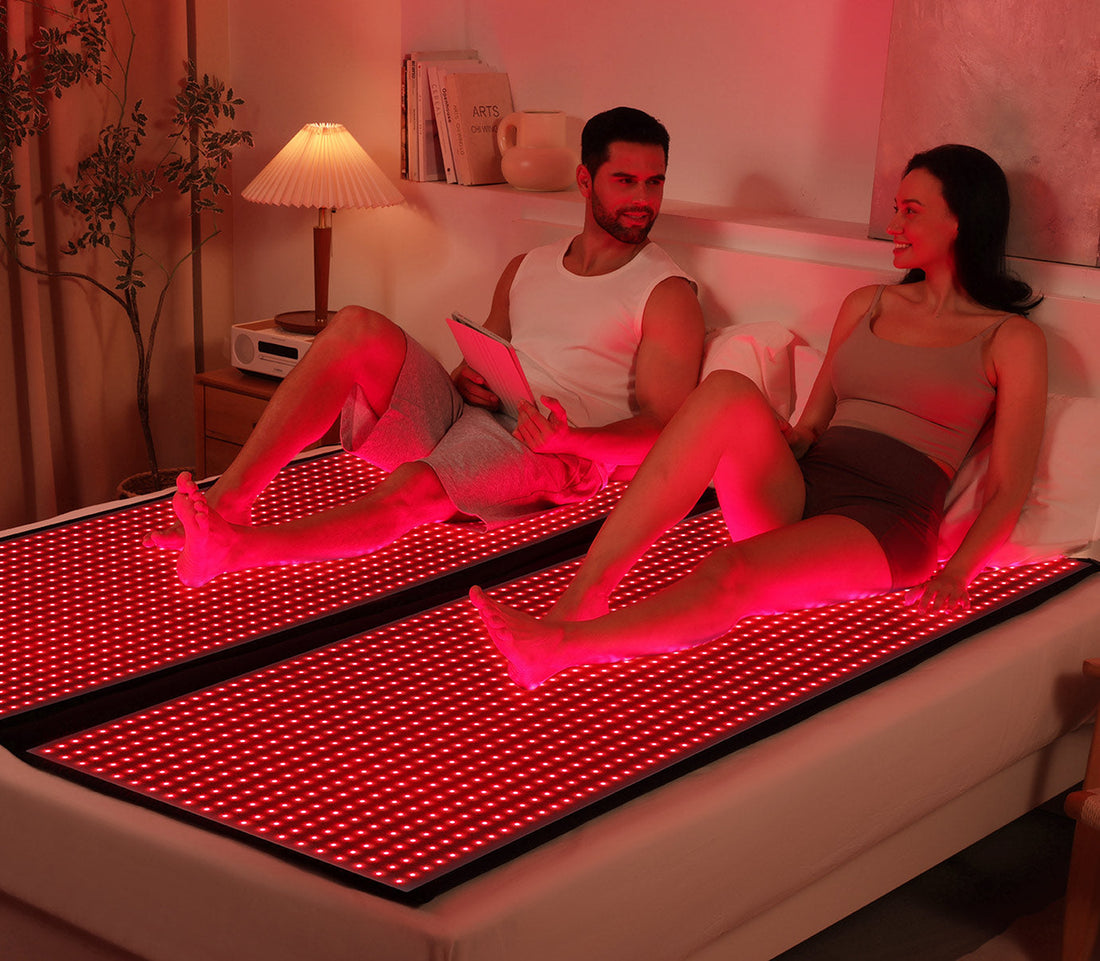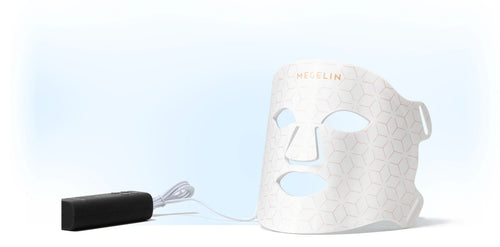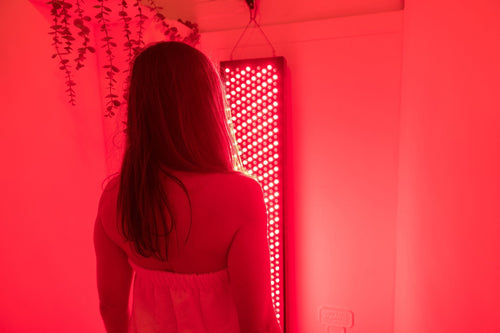
Sleep Better Naturally: How Red Light Therapy Can Help You Fall Asleep Faster and Wake Up Refreshed
Struggling with Sleep? Red Light Therapy Might Be the Natural Solution You've Been Searching For
Millions of Americans struggle with falling asleep, staying asleep, or waking up feeling unrested. In fact, according to the CDC, 1 in 3 adults in the U.S. aren’t getting enough sleep. If you’re tired of relying on melatonin supplements or over-the-counter sleep aids, there’s a science-backed alternative that’s growing in popularity: red light therapy.
Unlike blue light, which disrupts your circadian rhythm and suppresses melatonin production, red light works with your body to promote natural, restful sleep. Let’s dive into how red light therapy supports better sleep and how you can easily use it at home.
What Is Red Light Therapy?
Red light therapy (RLT) is a non-invasive treatment that uses specific wavelengths of red and near-infrared light to promote healing and balance in the body. These wavelengths (typically between 620 nm and 850 nm) penetrate the skin and have been shown to:
All of which can contribute to better sleep and recovery.
How Red Light Therapy Improves Sleep
Here’s how red light therapy supports a more restful night:
1. Enhances Melatonin Production Naturally
Red light exposure in the evening can help increase melatonin—the hormone responsible for sleep. Unlike blue light (from phones, TVs, and LED bulbs), red light doesn’t suppress melatonin. In fact, studies show it may support the body’s natural melatonin release, making it easier to fall asleep.
2. Reduces Stress and Anxiety
Poor sleep often stems from stress and an overactive nervous system. Red light therapy can stimulate parasympathetic activity (the “rest and digest” system), helping your body relax, unwind, and prepare for sleep.
3. Balances Your Circadian Rhythm
By avoiding blue light and replacing it with red light in the evening, you send a strong signal to your brain that it’s time to wind down. This helps regulate your internal clock and improves your sleep-wake cycle over time.
4. Relieves Pain and Muscle Tension
Red light therapy is also known for reducing muscle soreness and inflammation, which can make it easier to get comfortable at night—especially for those with chronic pain or post-workout soreness.
Best Times to Use Red Light Therapy for Sleep
- Evening (1–2 hours before bed): Exposing yourself to red light at this time helps promote melatonin and tells your body it’s time to wind down.
- While reading or relaxing: Swap out your bedside lamp with a red light device.
- Post-workout (if exercising at night):
Helps your body recover and shift into rest mode.
Top Devices for At-Home Sleep Support
- Red Light Therapy Panels: Perfect for full-body exposure. Many users place them near their bed or use them during their nighttime routine.
- Red Light Sleep Lamps: Specialized lamps that emit red or near-infrared light, replacing traditional white or blue lightbulbs in your bedroom.
- Red Light Face Masks: Popular for combining skincare benefits with red light therapy. Bonus: Using one before bed can double as a relaxation ritual.
Tips for Incorporating Red Light Therapy Into Your Sleep Routine
- Be consistent – Use your red light therapy device daily for at least 10–20 minutes in the evening.
- Dim the rest of your lighting – Minimize bright white or blue lights after sunset.
- Create a routine – Pair red light therapy with a calming activity like stretching, reading, or meditating.
- Avoid screens post-treatment – Maximize melatonin benefits by skipping your phone or tablet afterward.
Is Red Light Therapy Safe?
Yes, red light therapy is considered safe for home use and has no UV radiation or harmful side effects when used as directed. It’s FDA-cleared for various applications, including wellness and skin health.
Final Thoughts
Sleep is one of the most vital pillars of good health—and red light therapy offers a simple, non-invasive way to improve it naturally. Whether you’re dealing with insomnia, circadian rhythm disruption, or just looking to optimize your nightly routine, red light could be the bedtime upgrade your body’s been craving.
Conclusion
If you’re looking for a non-invasive, clinically backed method to treat acne, red light therapy is a worthy investment. Whether you choose a full-face mask or a handheld wand, the key to success is consistency. With regular use, these top-rated devices can help you achieve clearer, healthier skin in 2025.



